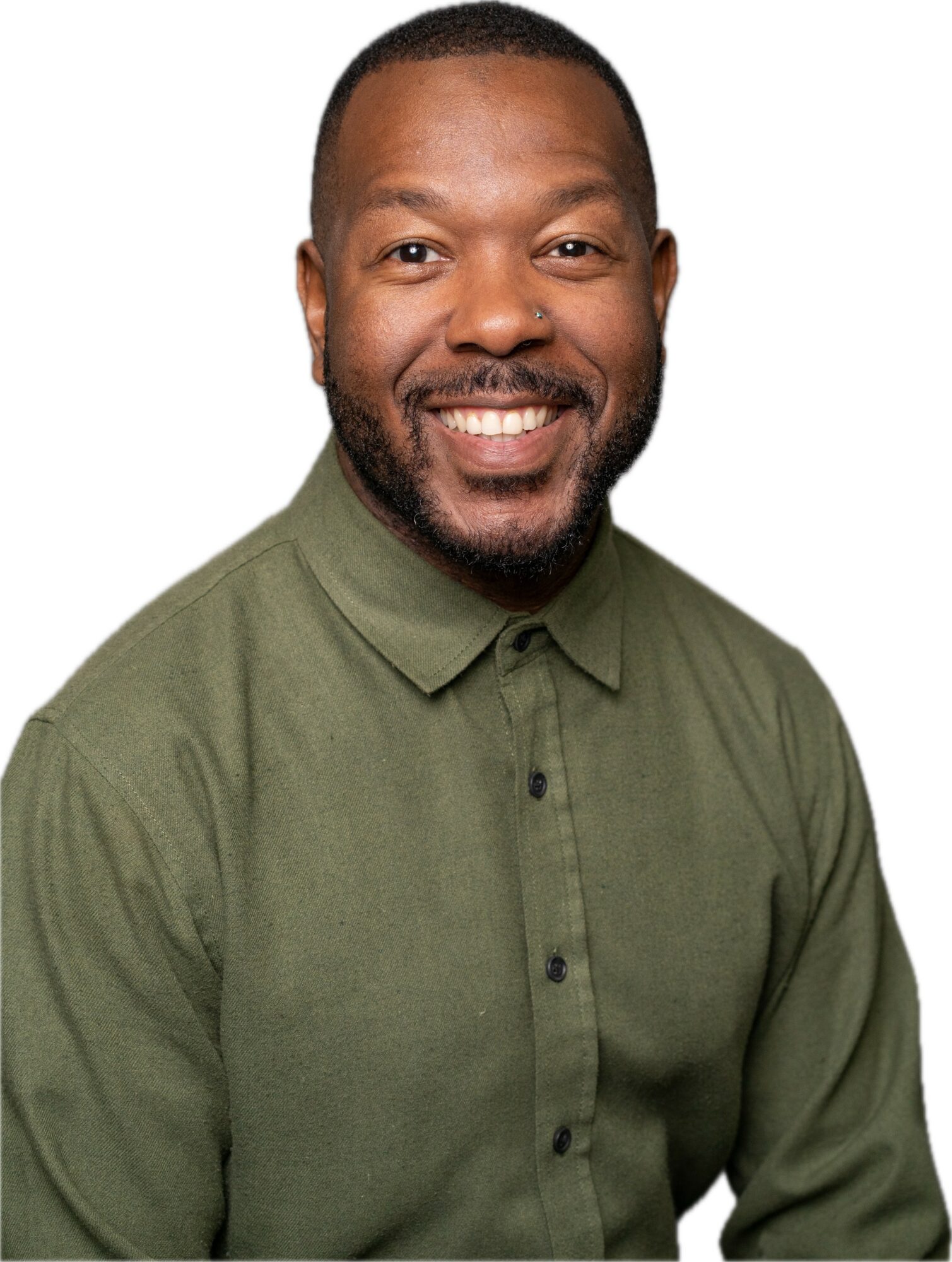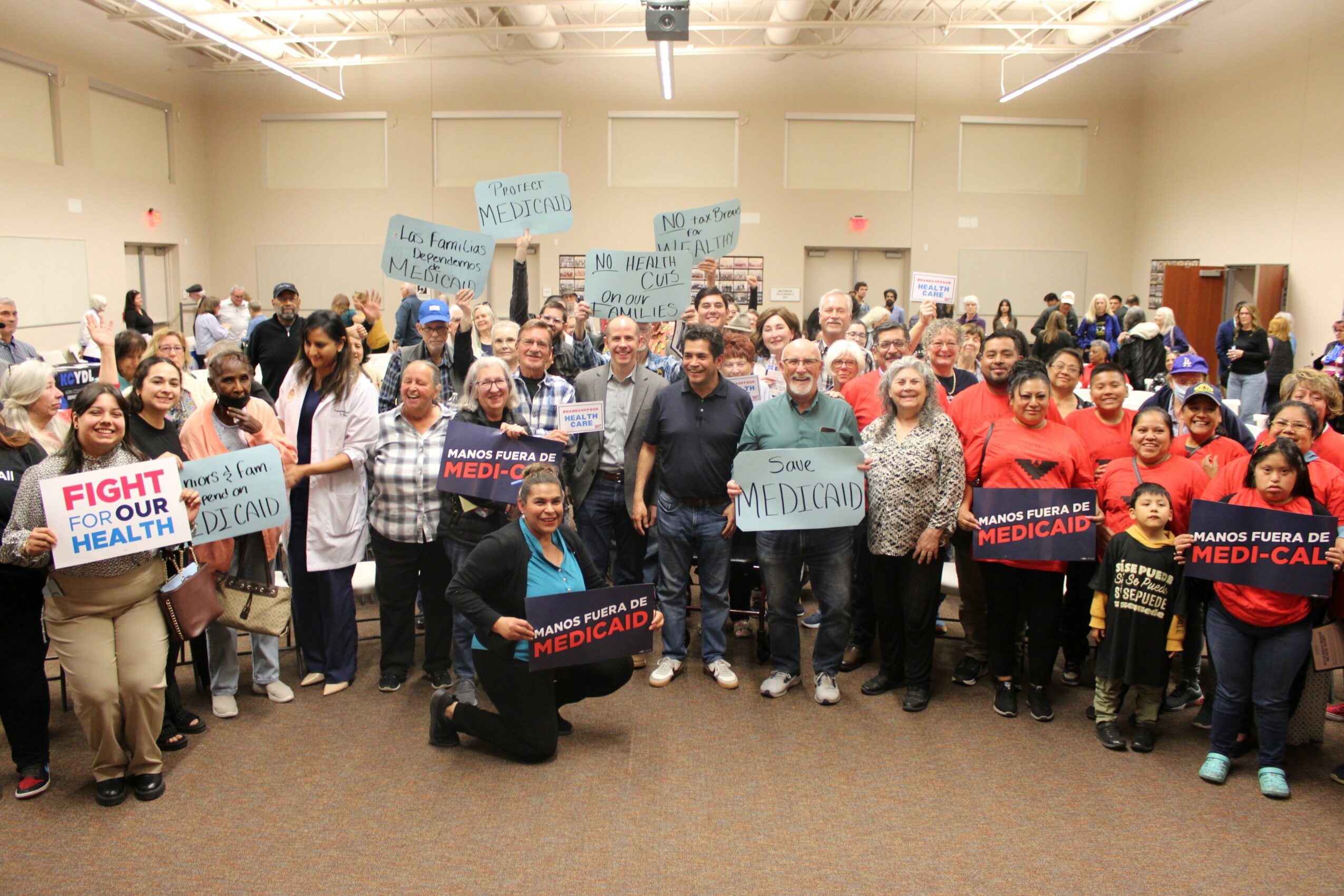

We recently had the chance to connect with Darryn Harris and have shared our conversation below.
Darryn , it’s always a pleasure to learn from you and your journey. Let’s start with a bit of a warmup: What do the first 90 minutes of your day look like?
The first 90 minutes of my day are all about grounding myself before diving into a nonstop schedule. Being on the West Coast, I start my morning by catching up on the news — I try my best not to scroll, but honestly, most of my updates are read right on my phone. After that, I carve out a little quiet time: no emails, just reflection and intention setting. I’ll stretch, sometimes journal, and think about what kind of energy I want to bring into the day.
I also make it a point to take a morning walk. That’s when I listen to a podcast — my go-tos are Today, Explained from Vox and The Journal from The Wall Street Journal. By the time I’m back, I’ve had my coffee, reviewed policy updates and headlines, and mapped out the two or three things I absolutely need to move forward.
So by the time I’m heading into the office or my first call, I’m not just reacting to the day — I feel like I’ve already claimed it. That routine helps me stay present, focused, and ready to lead with purpose.
Can you briefly introduce yourself and share what makes you or your brand unique?
I’m Darryn Harris, and at my core, I’ve always been an advocate for people who are too often overlooked. Before stepping into nonprofit leadership, I spent nearly two decades working in government and policy — including serving as Chief of Staff in Congress — where I saw up close how decisions are made and, just as importantly, who gets left out of those decisions. That experience really shaped my belief that healthcare, housing, and education aren’t privileges — they’re rights, and we need to fight for them as such.
Today, I bring that perspective to my role as Chief Government Affairs & Community Relations Officer at St. John’s Community Health, one of the largest federally qualified health centers in Los Angeles. What drew me to St. John’s is that it’s not just a clinic network; it’s a movement. We serve communities in South LA, Compton, and the Inland Empire, and we do it with the understanding that true health equity means organizing, advocating, and holding systems accountable.
What makes my work unique is that it blends policy with people. On any given day, I might be briefing legislators about Medicaid funding in the morning and then sitting with patients or community health workers in the afternoon, strategizing on how to make their voices heard. I’m proud that my story isn’t just about working inside government or outside in the community — it’s about bridging both worlds to make lasting change.
Great, so let’s dive into your journey a bit more. What was your earliest memory of feeling powerful?
My earliest memory of feeling powerful takes me back to the 1992 civil unrest in Los Angeles. I was young, but what stayed with me wasn’t the destruction — it was what came after. I remember neighbors, community leaders, churches, and grassroots organizations stepping up in ways that showed me what real people power looks like.
In those moments, Los Angeles wasn’t just reacting to pain, it was reimagining itself. Communities that had been marginalized for so long were suddenly at the center of conversations about how to rebuild and what the future of the city should look like. It was my first real glimpse of participatory democracy in action — of everyday people coming together to say, “We have a stake in this, and we’re not going to be ignored.”
That experience shaped me. It taught me that civic engagement works, that change doesn’t only come from the top down, and that when people organize and come together, they have the power to rebuild not just neighborhoods, but systems.
When did you last change your mind about something important?
The last time I changed my mind about something important was when I decided to leave Washington, D.C. After serving as a Chief of Staff in Congress, I had been at the center of history — from the Affordable Care Act, to two presidential impeachments, the COVID-19 pandemic, the George Floyd Justice in Policing Act, and even an insurrection. It was exhilarating and humbling to be in the room where national decisions were being made, and for a long time I thought that was where I would stay.
That’s why leaving was so hard. Part of me felt like D.C. was the pinnacle — the place to be if you wanted to make change. But as I led presidential and congressional delegations to examine homelessness, public health, and infrastructure, I began to see things differently. These weren’t abstract policy debates; they were the very challenges my own community in Los Angeles was living through every day.
In that realization, I felt a deeper calling. I understood that while policy might be shaped in Washington, its impact is felt most powerfully on the ground. Changing my mind about staying in D.C. wasn’t easy, but it was necessary. The pull to come home — to work directly with communities, to fight for equity where it matters most — was stronger. And in the end, it’s been the most meaningful decision I’ve made.
Sure, so let’s go deeper into your values and how you think. Is the public version of you the real you?
I wish it was! The truth is, I’m an introvert. Not the shy kind — I can work a room and genuinely love being around people — but the kind who needs quiet time to recharge after. My friends and family laugh because they know my perfect morning is coffee, a journal, and zero interruptions.
I also love my long solo drives with the radio off— that’s my therapy. People assume that because I chose a career in public service, I must be this big extrovert who’s always “on.” And yes, I love people. But I love my peace and quiet just as much. Honestly, half the time after a big event, I’m the first one sneaking home to write about it and reflect. That balance keeps me grounded.
Okay, so let’s keep going with one more question that means a lot to us: If immortality were real, what would you build?
If immortality were real, I’d build housing. It pains me that in a city like Los Angeles — home to so much wealth — we also have so many people without a safe place to call home. That contradiction weighs on me every day.
Right now, I advocate more on the prevention and intervention side at St. John’s, through efforts like We Are LA and Community Supports, which help people stay housed and connected to care. But I know that until we solve housing itself, we’re only treating the symptoms.
Housing is more than walls and a roof; it’s the foundation for everything else — health, stability, even dignity. If I had unlimited time, I wouldn’t just build shelter, I’d build real communities where people can put down roots, raise families, and thrive. Because until we fix housing, we can’t truly fix anything else.
Contact Info:















